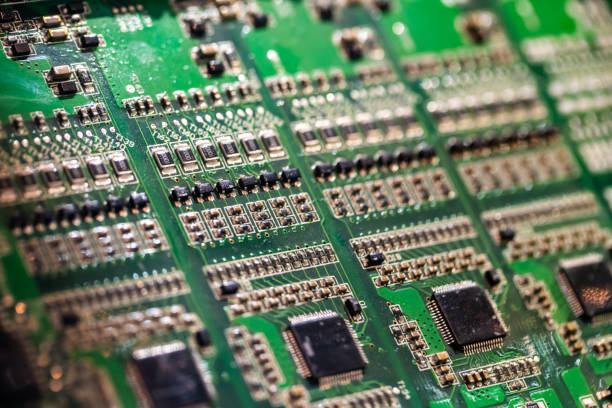For the past two decades, electronic ink, or e-ink, alongside other display technologies, has seen growth due to its versatility. While it started gaining traction with e-readers, the application of e-ink displays has transcended beyond consumer electronics to retail, healthcare, industrial control, logistics, and more. Unlike traditional displays, e-ink enables low-power, highly visible, and paper-like experiences, making it ideal for a myriad of B2B applications.
In this article we will explain what electronic ink is, how it operates, and the reasons which make it an invaluable asset to display technology solutions in terms of endurance, energy, and overall efficiency.
For more information on purchasing and commercial uses of e-ink technology, Zhsunyco https://www.zhsunyco.com/es/product-category/e-ink-screen/ offers a wide selection of e-ink displays designed for digital signage and industrial tagging.
What Is Electronic Ink And How Does It Function?
As the name suggests, electronic ink describes a display technology usually referred to as an ink display. Unlike LED or LCD screens that maintain a backlight, e-ink displays utilize reflection of ambient light, rendering a content display better suited for reading from a window.
Microcapsules with positive and negative particles form the basis of e-ink technology. When an electric field is applied, the particles move to the top or bottom of the capsule, displaying either black or white pixels. Even though nowadays there are advanced versions that support color and grayscale, the most widely used format is still black and white because it is the most energy efficient and economical.
Electronic ink displays possess the following key characteristics:
- Durability: Unlike traditional displaying devices, E-ink screens are much more robust than their counterparts, able to function in extreme conditions and violently harsh environments.
- Low power consumption: Changing display screens only consumes power. Other than that, energy is preserved, making E-ink ideal for devices running on batteries.
- Readability: Displays are less damaging to the eyes and easily readable, even in extreme sunlight.
- Bi-stability: Unlike other screens that require electricity; without the need for power, the screen can retain an image.
These features describe the strengths of E-ink technology, especially for applications needing clear persistent displays that do not require the constant need for energy.
Business To Business Uses For Electronic Ink Displays
The past couple of years has seen an increase in business use scenarios for electronics ink. With digital evolution moving at a rapid pace, B2B companies are looking for more flexible, eco-friendly, and cost-efficient display technologies. Some of the areas which are feeling the change with electronic ink technology include:
Retail And E-Shelf Labeling
Retailers are rapidly adopting ElS based on e-ink technology. The ESLS enables price changes automatically across dozens or hundreds of SKUs without manual intervention, paper waste or pricing errors. They can also be integrated with inventory systems with stock levels or promotional messages.
Logistics And Warehouse Management
Due to the importance of efficiency and accuracy in the warehouse environments, e-ink tags are used on shelves, bins and pallets. The tags show real time data in terms of stock counts, QR codes for scanning, and location details, all at low power, dim lighting and high readability.
Manufacturing And Industrial Equipment
With factories showing high use of e-ink displays to highlight real-time machine status, error messages, and maintenance schedules, certain environments like those with high heat, moisture or vibration have also become a lot more useful and supportive of traditional displays that usually break due to these extreme conditions.
Healthcare and Follow-Up Monitoring
Hospitals employ e-ink for patient wristbands, room signs, and managing medications. The ultra-low power consumption and non-glare display especially come in handy in clinical settings where visibility and economy of power is critical.
Corporate Office Settings
E-ink is adopted more and more for digital nameplates, badges, and visit badges. The signs update automatically from scheduling software, which makes them extremely low-cost to maintain.
If you are a B2B looking to integrate electronic ink into your processes, Zhsunyco is a reputable supplier who provides advanced e-ink technologies designed for active business settings.
Advantages of E-Ink Technology for B2B Operations
While there is no doubt electronic ink brings major benefits in technology, having advantages to business operations is tangible and bigger in scope:
Power Saving and Passive Environmental Impacts
Bringing importance to the Environmental, Social and Governance (ESG) criteria pushes some businesses to adopt greener technologies. Compared to e-ink displays, LED or LCD screens consume a lot more power. Since e-ink displays only use power when updating, they help reduce electricity costs and carbon emissions.
Total Cost of Ownership
Even though the initial purchase cost for e-ink devices may be more costly, savings in other areas are significant over time. Maintenance costs are reduced due to a lack of frequent battery replacements, and e-ink screens are durable.
Operational Flexibility
E-ink displays are easily integrated into existing ERP and POS systems through wireless networks. This allows for automation and synchronization of business data with visual displays.
Enhanced Data Accuracy
The integration of cloud computing and real-time updates allows businesses to provide accurate information across different locations, eliminating human errors such as pricing, stock reporting, or scheduling operations.
Customization and Scalability
E-ink displays can be used in handheld tags, large signs mounted on walls, and many more. This diversity enables businesses to customize them per their needs and make them scalable as the business grows.
Challenges and Considerations Before Adoption
When adopting the e-ink technology, businesses must consider some limitations:
- Refresh rate: E-ink doesn’t support video or high-speed dynamic content due to low refresh rates.
- Color limitations: Color e-ink technology exists, but it is less vibrant and more expensive than standard display technologies.
- Initial Cost: An e-ink display can be costly. This can pose a challenge for short-term projects or small businesses.
- Estimated Cost Implications: Companies intending on implementing e-ink on a larger scale should do a thorough cost-benefit analysis, and engage with service providers that have experience integrating systems compatible with the businesses’ operational objectives.
The Future of Electronic Ink in Industry
The track of e-ink technology development suggests it will have more intelligent integrations in the future. These are some major developments we anticipate:
- Enhancements to Color E-ink: Advancements to the e-ink technology will mean improvement in the precision of the colors and resolution, thus enhancing the role of e-ink in marketing and branding.
- IoT Integration: E-ink displays, in combination with sensors and analytic tools, will be able to provide real-time information of machine status, energy consumption, and the movement of stock.
- Rollable And Flexible Displays: Advancements in flexible substrates may lead to bendable, wearable, or form fitting displays in packaging, apparel, and even healthcare.
- AI Powered Predictive Content Refreshes: E-ink compatible AI systems will enable models to be updated dynamically by predictive algorithms or real-time monitored business data.
Businesses that adopt e-ink into their digital infrastructure will enhance their operational efficiency and stand to benefit from improved brand credibility and environmental sustainability.
Conclusion
Companies are already beginning to shift towards more efficiency as e-ink enables innovative approaches to physical information display using electronic ink, such as automating pricing, optimizing inventory visibility, moving towards enhanced patient safety, and so much more.
As e-ink integrates with higher value systems and remains power-efficient, it stands well-placed to dominate B2B markets. Zhsunyco is among the leaders in this charge, offering advanced and sophisticated electronic systems supporting enterprise-grade frameworks.









